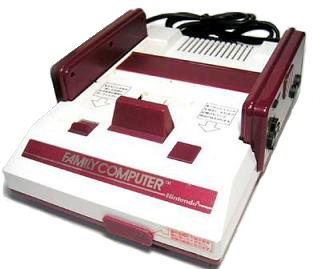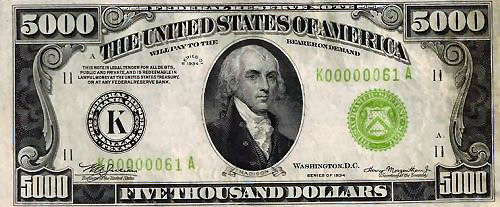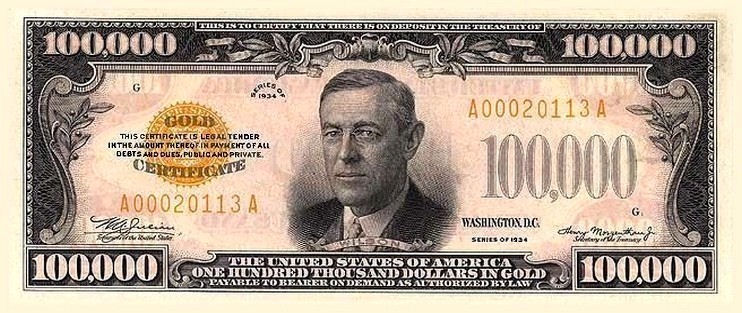
Amazingly, the Nintendo company has been around for a very long time. A topic for another day is the infamous video game industry collapse of the early 1980's. After this, it was nearly impossible for any kind of video game console to be sold in America. That is, until 1985. A superb marketing campaign by the Nintendo company took their Family Computer (or Famicom) and introduced it in North America as the Nintendo Entertainment System, which supposedly would let you do more than just play video games on it (there's even a port underneath for "future use" but was it ever needed?). But what happened before 1985?
Nintendo actually got into the video game industry in 1974 when they purchased the rights to distribute Magnavox's Odyssey video game console. In 1975, they released their first video game called EVR Race. In 1977, they began making hardware with a console simply called Color TV Game, which were four different plug and play consoles (these basically each had variations of the same game). Their first big success came when they released Donkey Kong in 1981. This was hugely popular, but they were able to cash in on it because it was licensed to port in with other consoles at the time: Atari 2600, Intellivision, and ColecoVision.

Here's the really interesting part of Nintendo: they existed before 1974! What did they do? They first started out as a playing card company. They handmade playing cards, and the demand made the company grow. The company still makes playing cards in their native Japan, and even sponsors a bridge tournament called the Nintendo Cup.
After a trip to America, the head of Nintendo decided that playing cards wasn't the best venture for the company. He changed the name from Nintendo Playing Card Co. to just Nintendo Co. They then went into a number of odd things such as a taxi cab company, a TV network, selling instant rice, and even a love hotel chain. All of these things eventually failed, and the company tried their hand at making toys such as the Ultra Hand, the Ultra Machine, and the Love Tester. They tried a series of laser gun shooting games, and even set up in abandoned bowling alleys laser clay pigeon shooting games. These had to be shutdown because of the high costs. During this time, they created the popular Wild Gunman arcade game, made famous in Back to the Future II. But because of the lessons learned by these latest ventures, they turned themselves into the video game company now legendary.
So, I'm sure you're thinking "that's all nice but when did the company start?" Well, let's go backwards. They introduced the NES to North America in 1985. They switched over to video games entirely in 1974. Their stocks were at all-time lows after the 1964 Tokyo Olympics. They tried their hand at the odd ventures mentioned above between 1963-1968. The head of Nintendo renamed the company in 1963. They changed their playing card types in 1956. And before that they made playing cards... since 1889. That's right: Nintendo has been around since 1889.
Bet you never knew they were that old!






